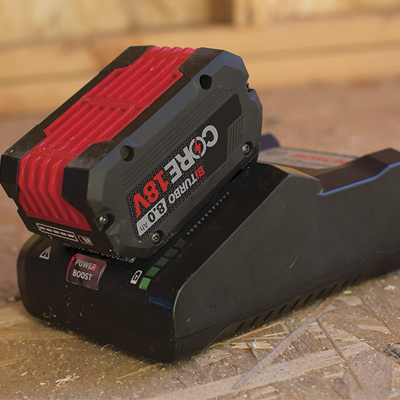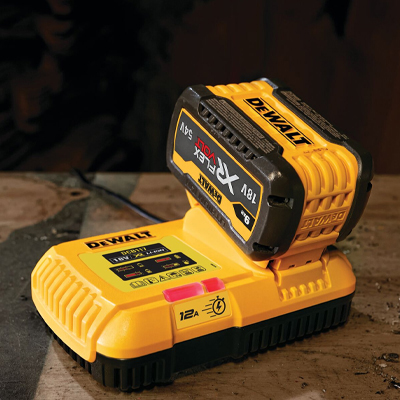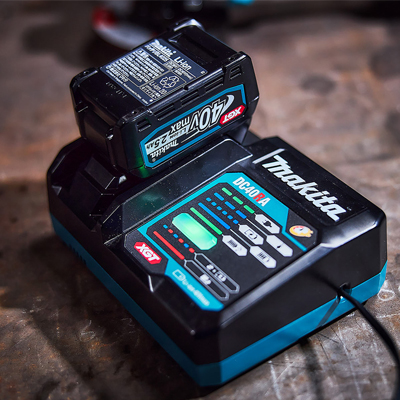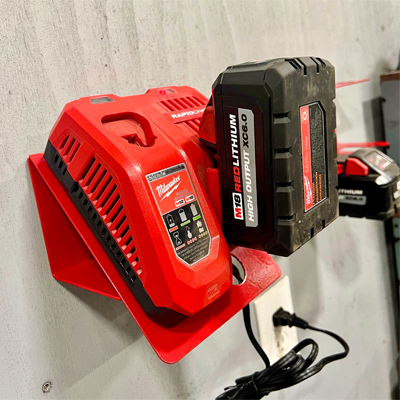Batteries & Chargers
Purchase Batteries And Chargers are crucial parts of our contemporary lives. A handy and dependable source of power, batteries are smart energy storage devices that capture and store electrical energy for later use. These energy storage devices, whether they are the lithium-ion batteries in our smartphones, laptops, and electric vehicles or the more conventional alkaline batteries in our remote controls and flashlights, have become essential in our everyday lives. Chargers, on the other hand, are the guardians of recharging and renewing these batteries, making sure that our gadgets continue to operate and be prepared for use. To guarantee that your gadgets remain charged and ready for use, it's crucial to make educated selections when buying batteries and chargers. Batteries, the unseen powerhouses of our modern world, come in a variety of forms, each suited for a particular use. Understanding your device's needs is essential whether you need long-lasting alkaline batteries for your regular home products or high-capacity lithium-ion batteries for your power-hungry electronics.Types Of Batteries & Chargers
Lithium-ion Batteries
Lithium-ion (Li-ion) batteries are perhaps the most common battery type today. They offer high energy density, making them ideal for compact and portable devices like smartphones, laptops, and digital cameras. Li-ion batteries are rechargeable and known for their long cycle life.Nickel-Metal Hydride (NiMH) Batteries
NiMH batteries are rechargeable and are often used in devices such as cordless phones, remote controls, and digital cameras. They offer a good balance between capacity and affordability, although they have a lower energy density compared to Li-ion batteries.Alkaline Batteries
Alkaline batteries are non-rechargeable and are commonly found in household items like flashlights, toys, and remote controls. They are known for their long shelf life and reliability but are not cost-effective for high-drain devices.Lead-Acid Batteries
Lead-acid batteries are known for their robustness and are widely used in applications like automotive starting batteries and uninterruptible power supplies (UPS). They are heavy and require maintenance but are still prevalent due to their cost-effectiveness.NiCad (Nickel-Cadmium) Batteries
NiCad batteries, while less common today, are still use in some applications. They are rechargeable and can withstand extreme temperatures, making them suitable for industrial and emergency equipment.Lithium Polymer (LiPo) Batteries
LiPo batteries are a lightweight and high-energy-density variant of Li-ion batteries. They are commonly used in drones, but remote-controlled vehicles, and radio-controlled hobbies due to their ability to deliver high current.Button Cell Batteries
Button cells are small, round batteries often used in watches, hearing aids, and small electronic devices. They come in various chemistries, including alkaline, silver oxide, and lithium, depending on the application.Solar Batteries
These batteries are designed to store energy generated from solar panels. Moreover, they are essential for off-grid solar systems and can be lead-acid Li-ion, or other types optimized for solar applications.Deep Cycle Batteries
Deep cycle batteries are designed for repetitive, deep discharges and are commonly used in marine applications, RVs, and renewable energy systems like solar and wind power.Smart Batteries
Smart batteries incorporate electronics to monitor and manage their performance, including charging and discharging. As well as they are often used in laptops and other high-end devices to provide accurate battery status information.Wireless Charging
While not a battery type, wireless chargers have become increasingly popular for devices like smartphones and wireless earbuds. They use electromagnetic fields to transfer power to the device without the need for physical connectors.Fast Chargers
Fast chargers are designed to quickly recharge batteries, particularly in smartphones and electric vehicles. They employ advanced charging algorithms to safely and rapidly replenish the battery's charge.Inductive Charging Pads
These chargers use electromagnetic coils to transfer power to a device placed on the charging pad, but making them convenient for smartphones and other small electronics.Features:
- Capacity: The capacity of a battery, typically measured in milliampere-hours (mAh) or ampere-hours (Ah), indicates how much energy it can store. Higher capacity batteries offer longer usage times between charges or replacements.
- Voltage: Batteries and chargers must match the voltage requirements of the device they power or charge. Most common batteries operate at 1.5V or 3.7V, but voltages can vary widely.
- Rechargeability: Rechargeable batteries are an eco-friendly choice, as they can be reuse many times. They save money and reduce waste compared to single-use, non-rechargeable batteries.
- Quick Charging: Some chargers offer quick charging capabilities, allowing devices to charge faster, which is particularly useful for smartphones and electric vehicles.
- Universal Compatibility: Universal chargers with multiple ports or adjustable voltage settings can charge a variety of devices, reducing the need for multiple chargers.
- Smart Features: Some batteries and chargers incorporate smart technology to monitor and optimize charging, extending battery life and improving safety.
- Wireless Charging: Wireless chargers eliminate the need for physical connectors, providing convenience and reducing wear and tear on cables.
Benefits:
- Portability: Batteries and chargers allow for the portability of electronic devices, ensuring they can operate away from power sources.
- Cost-Effective: Rechargeable batteries and efficient chargers save money in the long run compared to constantly purchasing disposable batteries.
- Reduced Environmental Impact: Rechargeable batteries reduce the number of disposable batteries ending up in landfills, contributing to a more sustainable lifestyle.
- Energy Efficiency: Advanced chargers can optimize the charging process, minimizing energy waste and reducing electricity bills.
- Convenience: Chargers and rechargeable batteries provide the convenience of easily replenishing device power, reducing downtime.
Safety Considerations:
- Overcharging Protection: Quality chargers have mechanisms to prevent overcharging, which can damage batteries and pose safety hazards.
- Temperature Control: Batteries can become hot during charging or discharging. But chargers with temperature control mechanisms prevent overheating and reduce fire risks.
- Short-Circuit Protection: Chargers should have safeguards to prevent short circuits, which can damage batteries and devices or even cause fires.
- Battery Type Compatibility: Ensure that chargers and batteries are compatible in terms of chemistry and voltage to prevent damage or safety issues.
- Certifications: Look for safety certifications such as UL, CE, or FCC to ensure that the product meets established safety standards.
- Proper Storage: Store batteries in a cool, dry place away from direct sunlight and extreme temperatures to maintain their safety and performance.
- Dispose of Batteries Properly: Dispose of batteries according to local regulations or recycling programs to prevent environmental harm.
- Avoid Counterfeit Products: Purchase batteries and chargers from reputable sources to avoid counterfeit or substandard products that may pose safety risks.




